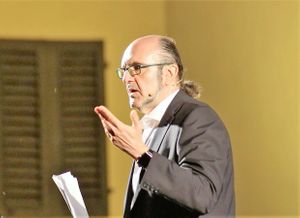I had the chance to try out this Sublima shell by Alex Cereda, a genuine piece of luthiery repurposed for the world of analog audiophilia. Once again, we’re faced with a must-have “kit” that’s truly indispensable for grasping the magic of a deeply immersive and emotionally engaging listening experience
In my long experience as an audiophile, I’ve come to appreciate how essential it is to continually fine-tune your audio chain. And “fine-tune” isn’t just a synonym for “upgrade,” because that process only works once you’ve mastered another indispensable step: learning to really listen to your system, comparing it rigorously with your live-concert experiences-listening to the “real” sound and then benchmarking it against the sound your home setup produces. Only from that point can you embark on a genuine improvement plan that doesn’t simply revolve around swapping out one or more components if needed, but - above all - embraces the strategic use of so-called accessories. When properly chosen and deployed, these accessories often render hardware replacements unnecessary, delivering a clear economic payoff.
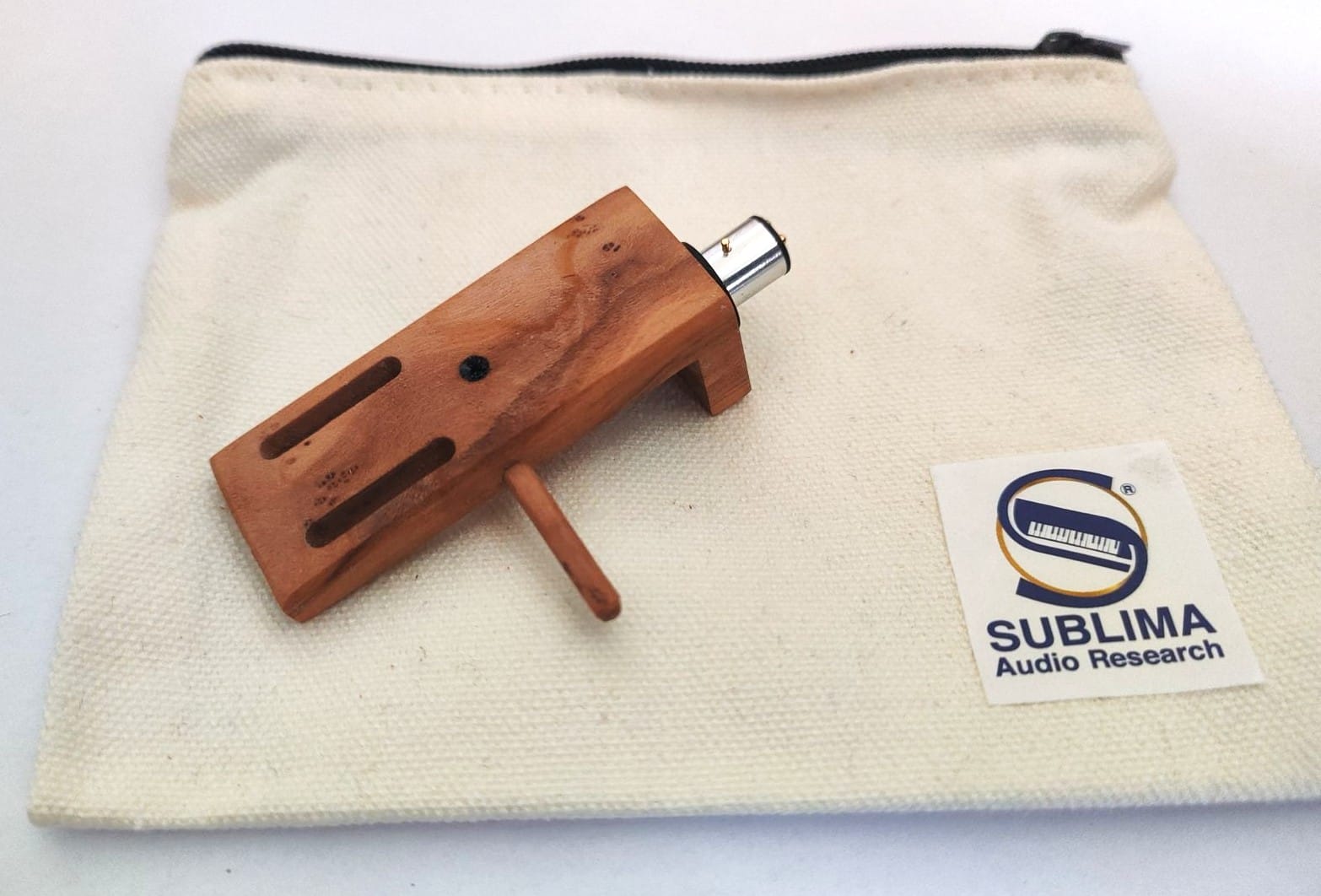
For my part, ever since I discovered a Rome-based company called Sublima - founded by the ever-inventive Sicilian designer and entrepreneur Alex Cereda - and its line of products, I’ve enjoyed such dramatic benefits in my professional listening rig (which I use in my work as a musicologist and critic) that I’ve saved a bundle. Those “necessori” (an Italian neat neologism from “necessary accessories”) have brought me measurably closer to that “real” concert-hall sound. I’ve written about these solutions many times - both here and in other publications - demonstrating how you can enhance what you already own rather than ripping it all out. By unleashing the true potential of your components - which is all too often stifled by physical, electromagnetic, and environmental factors within the gear itself and its surroundings - you finally get the best out of your audio chain.
Now, in this article I intend to write about one of the various “necessori” Alex Cereda has devised, developed and made available to all followers of “faithful sound” - namely Shelly, as the Sublima founder chose to call it. Shelly comes from “shell,” the enclosure that houses the cartridge on a turntable tonearm; at first glance, then, it might seem like a trivial component - just a small piece of metal, often aluminium, fitted with a grid or slots so the cartridge can be secured to it with screws. Well, my first piece of advice is this: never trust appearances and never dismiss as superfluous what seems minor in the realm of audiophilia, because outstanding results can be achieved by tending to and improving even the simplest details, as is the case with the tonearm shell.
Shelly’s uniqueness, above all, lies in the fact that it wasn’t designed or crafted from metal but from wood - as if it were a genuine luthiery project, the kind that yields violins, violas, cellos and double basses: a highly musical material that honours the sound those instruments produce. And here I hand the floor to Alex Cereda himself, who explains how this extraordinary “necessorio” came to be.
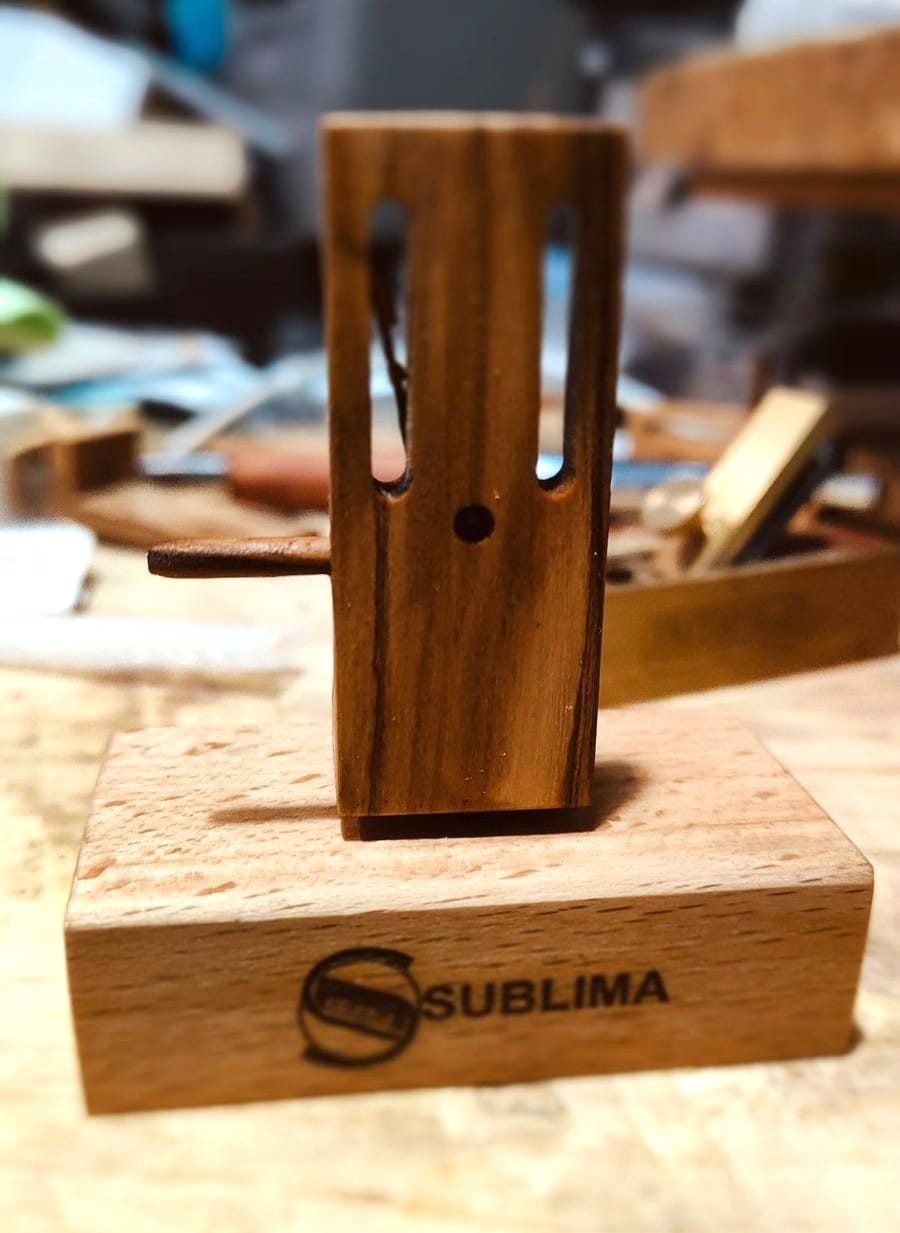
«Beyond the luthiery studies I began some time ago-and through my own personal experiments and applications - I’ve become convinced, also thanks to the use of special varnishes and lacquers in relation to electromagnetic phenomena, of the importance of wood when it comes to conveying the magic of sound and all its inherent qualities», the Sublima founder told me. «So, my idea was to transfer that material into a component that would give life to a shell preserving the very faint signal that travels from the cartridge to the tonearm, then on to the phono stage, and finally to the preamplifier or integrated amplifier. It’s an extremely delicate handover, in which the ‘shell’ housing the cartridge plays a crucial role. At that point, the question became: which type of wood should I choose to design and build a shell capable of treating sound like a bowed string instrument does? The best solution, considering wood type and its ‘musical’ properties for this project, was olive wood - based on its grain and density-a quality you only get from its most prized, costly portion: the sapwood, which is the outer, younger wood of the tree. I also successfully used the transitional zone between sapwood and heartwood. To do that, I had to buy a lot of sapwood from Italian olive trees that had been felled with European Community approval-trees that, crucially, had undergone fully natural seasoning, left outdoors for about twelve years, enduring all seasons (cold and heat, humidity and sun), to dry out and avoid further growth or warping. I also sourced another lot of wood from a master cabinetmaker that matched my requirements, thanks to a multi-year open-air seasoning process.
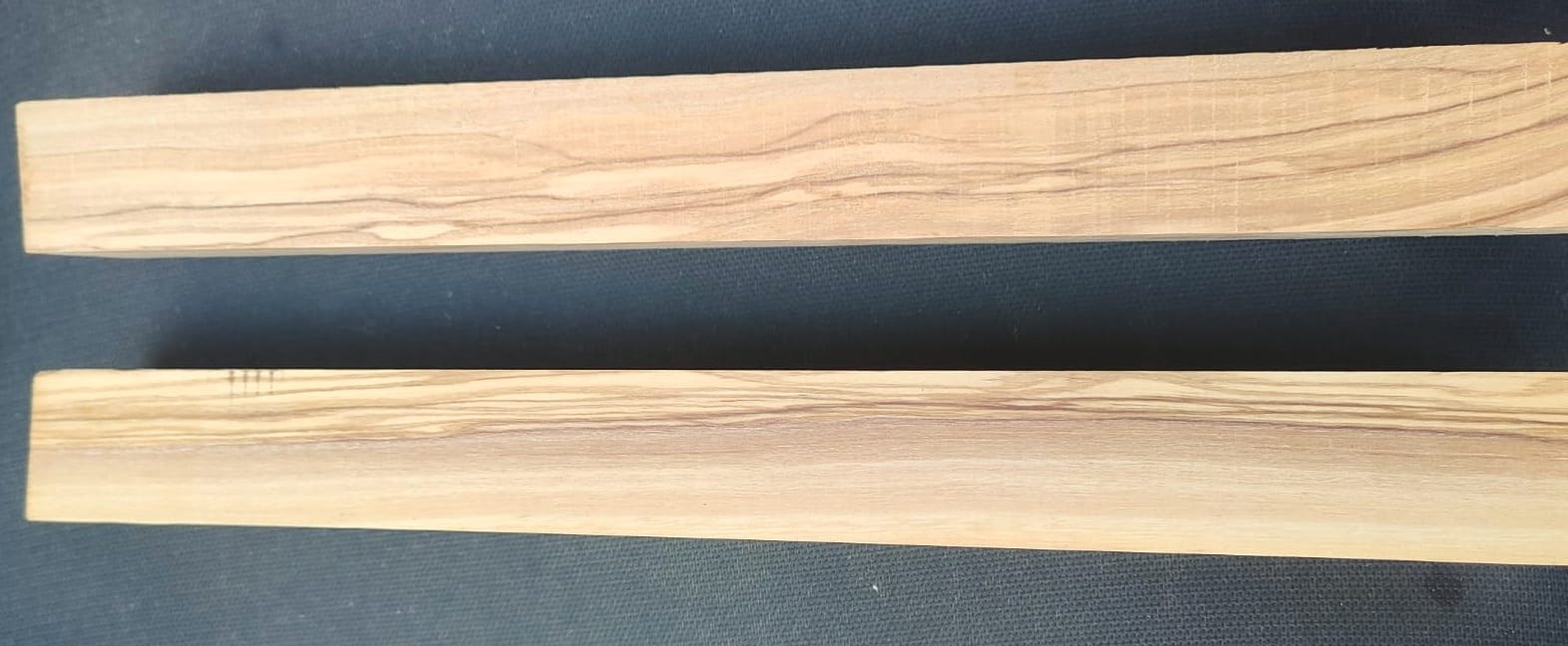
«Another facet of the process is that almost all of the work is done by hand-aside from the rough shaping, which is performed on a CNC machine. From that point on, it’s pure luthiery: every cut, every slot is crafted by hand, because you simply can’t achieve that level of precision with a machine when you’re dealing with wood. The machine has no ‘feel’ for the material-especially if there are micro-cracks-so it risks irreparably splitting the piece. By working by hand, I can detect those weak points in advance. If I see the wood about to fail, I can apply natural adhesives to seal the crack and preserve the fibres intact. Through practice and experience, I discovered that the finest olivewood for this purpose is indeed the sapwood-along with select heartwood segments that remain free of wood-boring organisms. Such pests bore little holes that, if present in a shell, disrupt the grain, effectively turning those voids into tiny ‘microphones’ that interfere with the cartridge’s delicate signal.
«If you want an exceptional performance from a wooden shell, it must resonate in a very specific way and exhibit a planar grain-that is, even if the pattern isn’t uniformly straight, it should flow along continuous lines. When working the wood for a top-tier shell, you must consider its density, moisture content (and have instruments to measure it), as well as the craftsman’s touch-and yes, the fragrance. The best - seasoned woods smell amazing; the olive wood I use, for example, is air-cured outdoors for up to fifteen years. Out of every ten to twenty felled trunks, I can only salvage two or three suitable for shell making - so the waste rate is high. But I can assure you: the sapwood pieces that do make it become true masterpieces. Early customers-initially sceptical - soon realized that swapping a metal shell for a wooden one isn’t just a different approach; it’s an entirely new universe. With a metal shell, the tonearm resonates chaotically across multiple frequencies - you can even hear it by tightening or loosening the cartridge’s mounting screws. A wooden shell like my Shelly, by contrast, transfers 100 percent of the audio signal’s energy: nothing is absorbed or scattered. The cartridge remains sonically neutral, which translates into faster transients, fuller sound, and lower distortion. The result is a more harmonious, open, and balanced sound, with a vastly extended frequency response and incredible harmonic richness».
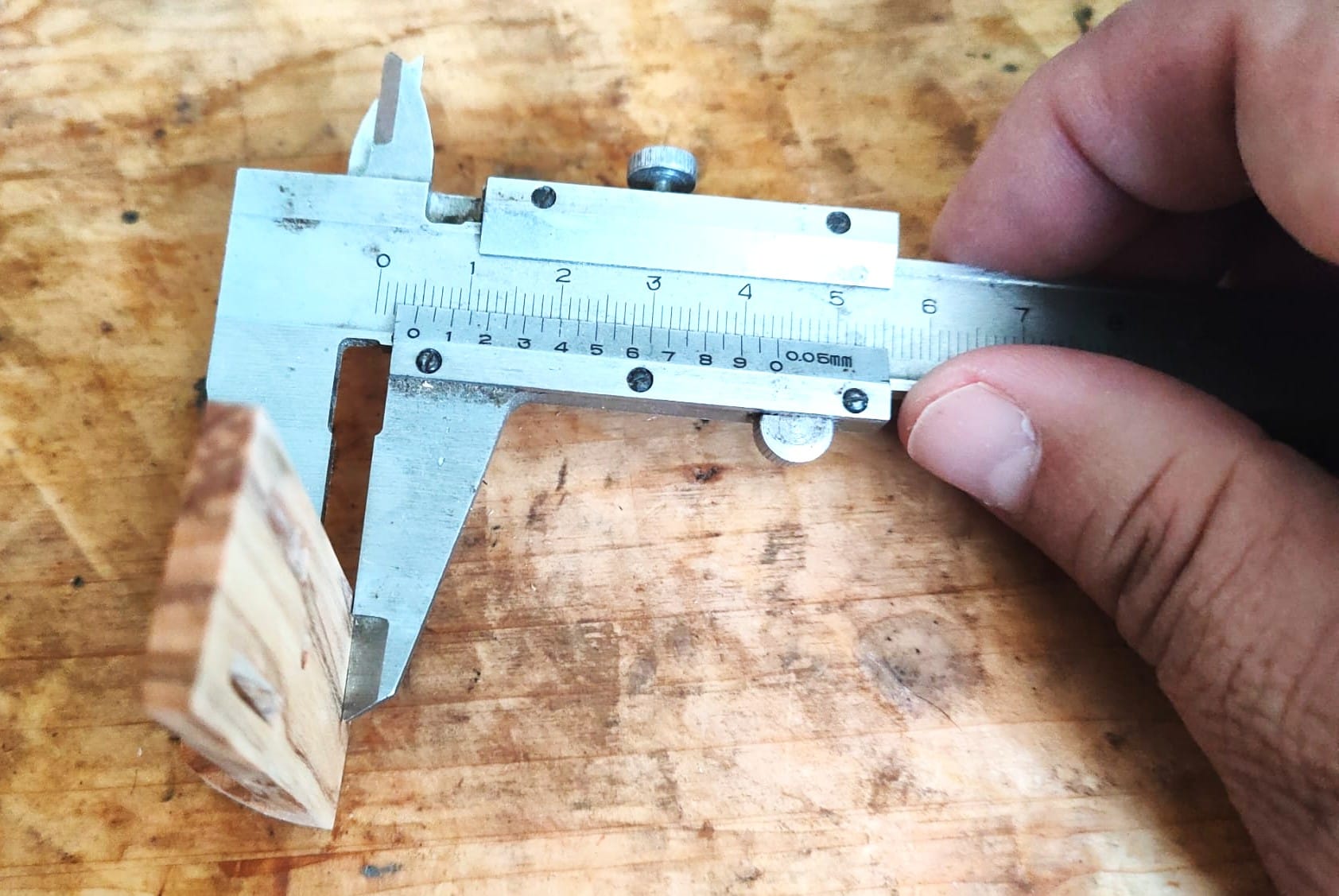
At this point, however, one thing must be made clear: designing and building a wooden shell doesn’t automatically-and exponentially-improve the sound simply because you’ve chosen that material. Wood is only the starting point. The real difference-and this is where Alex Cereda’s Shelly comes in-lies in the way he treats the selected wood with special lacquers he’s developed over time and, above all, in how he interacts with the wood’s sap, since it exhibits both vibrational and electromagnetic properties. To tackle these challenges - and not just for this shell but for many of Cereda’s ‘necessori’ - you need an interaction or mediation process. In practice, that means using specific compounds as well as the unique varnishes and lacquers Cereda employs in his luthiery work on violins and other bowed instruments. These bespoke coatings ‘stimulate’ the wood, making it resonate far more strongly. They also unify what was previously ‘split’ on an electromagnetic level, further enhancing performance.
One final detail: unlike standard shells - regardless of cartridge or tonearm - Alex Cereda drills a small hole in the top (or elsewhere) of Shelly and treats its rim with two proprietary luthiery lacquers that leave a distinctive black halo around the opening. This cavity captures and tames resonance peaks, harmonizing them to further improve the cartridge’s audio signal transmission.
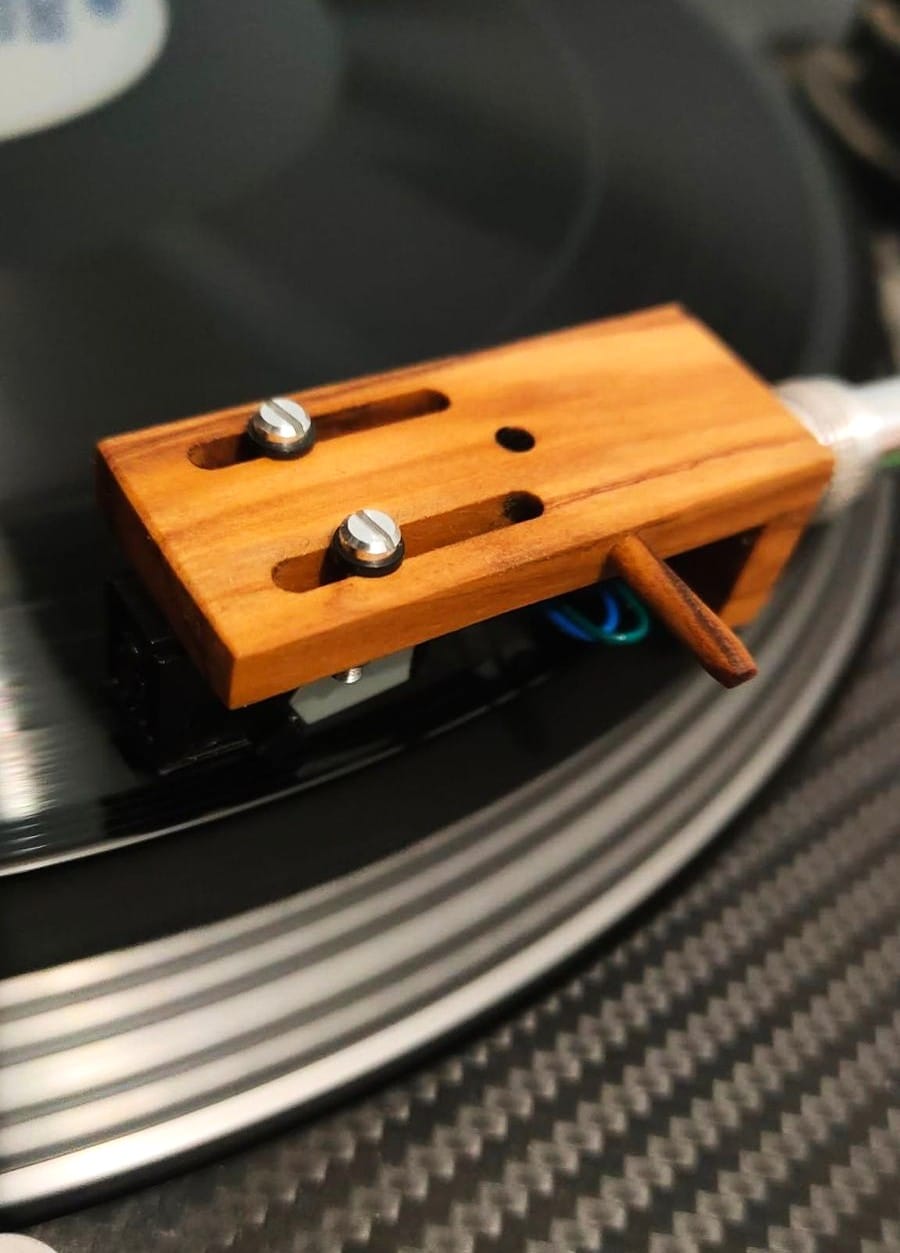
In light of these premises, I asked Alex Cereda if I could try Shelly by swapping out the aluminium shell supplied with my SME 3009 tonearm - a true classic in the analog hardware world. Generously, the Sublima founder sent me one he had just finished assembling. Once I’d mounted it on the tonearm, I inevitably had to tweak and level the VTA, since the dimensions of the Sublima shell differ from those of the SME, and because I’m using two mats from the same company (which I’ve already discussed in other articles). At that point, I was ready for the listening test.
Because exchanging shells-from the SME’s aluminium unit to the Sublima’s wooden one and back again-for every vinyl I wanted to try proved fairly laborious, I selected three titles I know intimately so I could judge them exclusively through Shelly, based on my previous listening with the SME shell.
The first title - a Deutsche Grammophon staple - is Beethoven’s Symphony No. 6 “Pastoral”, recorded by Karl Böhm with the Vienna Philharmonic in 1971, engineered by Günter Hermanns. I own the first pressing, with all its highs and lows. The highs come from the Austrian conductor’s passionate, clear reading, ably supported by the legendary Viennese ensemble; the lows arise from the unfortunate sound capture typical of that Hamburg label at the time. To summarize the “crimes” against this recording, consider that the dynamics possess the energy of a dying man on his deathbed, and the soundstage is rendered as if it were a “sound postcard”-all the orchestral sections flattened into a single plane with no sense of depth or space between instruments. And don’t get me started on the tonal balance: the strings in the first movement are not only feeble but shockingly insubstantial, beginning with the double basses, which moo more like Wisconsin cows than rumble like basses. Finally, the detail takes on the chromatic splatter of an abstract Jackson Pollock painting-masterpieces in the visual arts but horrifying when applied to a recording.
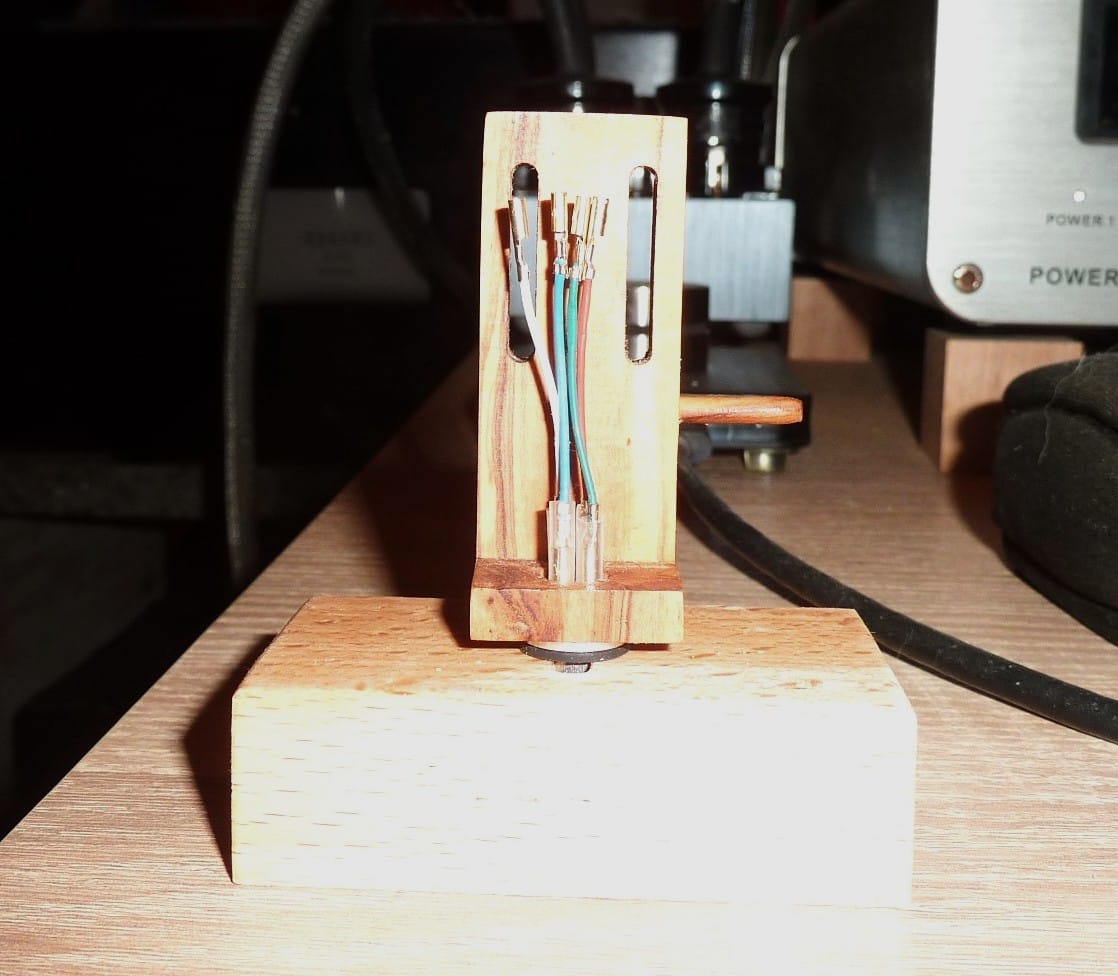
In short, a technically disastrous recording-one I was eager to challenge with the Shelly upgrade. It took only a few bars of that magnificent first movement, with the strings laying out the opening theme, for me to grasp something immediately: the sound pouring from my four multi-amplified speakers carried new qualities I’d never noticed before. Make no mistake-the recording’s flaws were still there, but this time they were embedded, even “shaped,” within a far more realistic sonic picture. To put it plainly, it was as if Shelly had swept away an almost imperceptible layer of “grime” clinging to the sound image and the tangible sense of physical space, lifting it instantly to reveal the true dimensions captured by the microphones.
Because I’m quite fond of this performance, years ago I also bought the 180-gram audiophile pressing from Clearaudio, remastered from the original tapes, lacquer cut by the renowned German engineer Willem Makkee at Emil Berliner Studios, and pressed by Pallas in Germany. With this technically superior disc spinning on my turntable, I was able to probe Shelly’s capabilities even more deeply. Thanks to the meticulous craftsmanship and Cereda’s thoughtful refinements, I finally understood what people mean when they say that analog playback lets a recording “breathe.” A recording that breathes means you don’t just hear the air separating the orchestral sections-as in this case-you experience the entire soundscape in its full depth, width, and height, so tangibly that it feels almost within reach.
All right, I admit it: I belong to the old school-the one raised and matured in the grooves rather than in bits-where every listening session starts with rituals and fixations: checking the cartridge weight and adjusting it for temperature and humidity, meticulously cleaning the vinyl, and then, with genuine anticipation, watching the stylus descend slowly before it reads those sacred sonic inscriptions.
And if that listening magic gains a layer of physical involvement-exactly the kind Shelly unveiled for me through its design and craftsmanship-well… no digital format stands a chance, despite what teen influencers on YouTube and other Mephistophelian channels may claim.
Returning to the strings’ dominant role in the first movement of Beethoven’s Pastorale, the timbral impact was nothing short of thrilling. The double basses, suddenly aware they weren’t Wisconsin cows but fundamental pillars in the melodic weave, delivered a low register you could finally savour from the miraculous unison attack of the Vienna Philharmonic. Equally breathtaking were the violins and violas: bright, pure, and luminous, each voice perfectly distinguishable-an aural triple underline in the score of the Bonn genius.
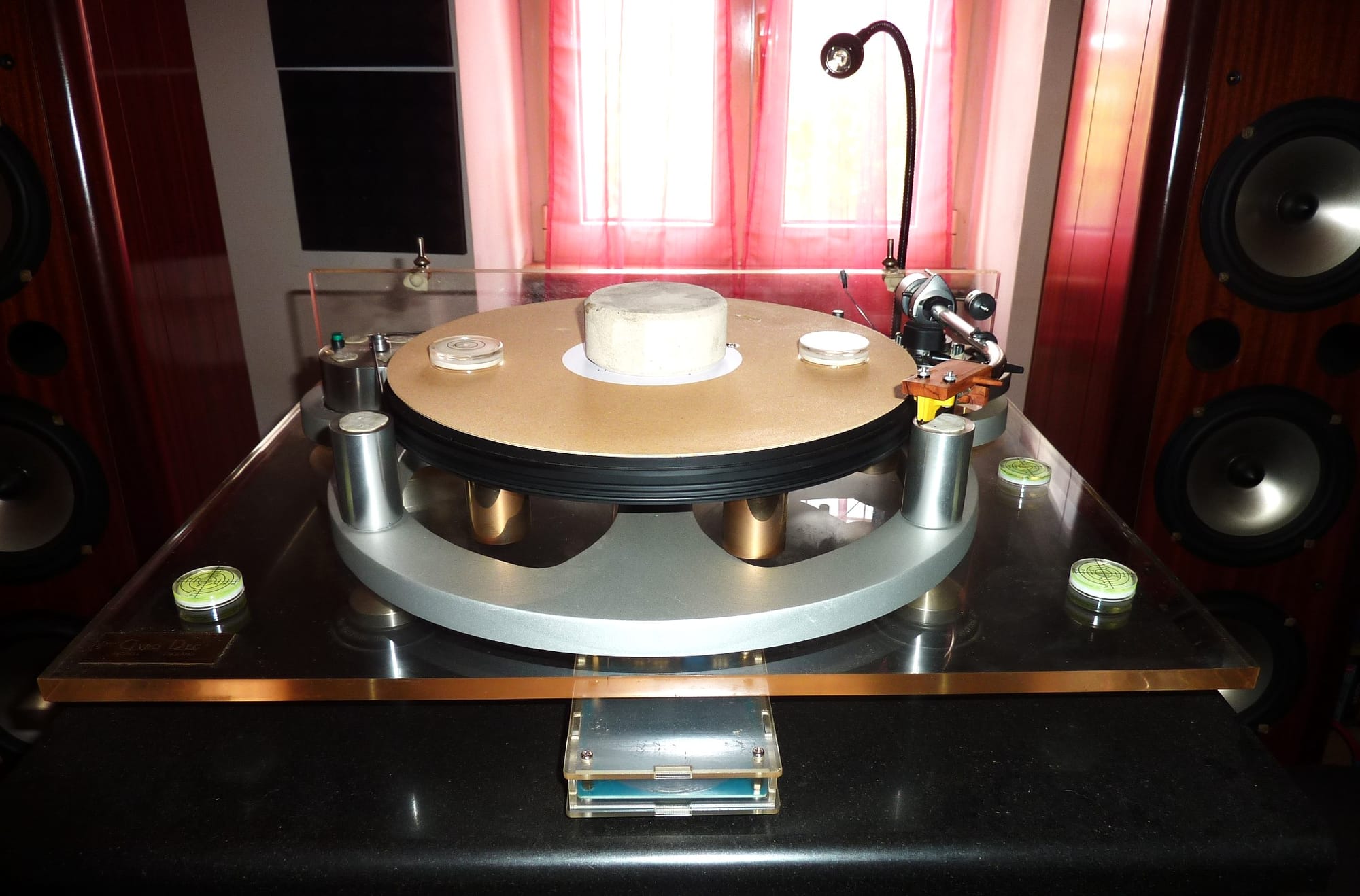
Still dazed but intact after that experience, I reached for a third and final disc-a technical middle ground but an artistic marvel: Monteverdi’s L’Orfeo, in Nikolaus Harnoncourt’s precise, meticulously detailed reading with the Monteverdi-Ensemble Opernhaus Zürich, released in 1981 by Telefunken. I was eager to hear how the sound capture would recreate theatrical space and the relationship between voices and instruments-especially important given that this was originally a TV production from which the audio track was later extracted.
Here too, riding the memory of previous listens, the physical perspective delivered by Shelly was utterly transformed. Again, faced with a technically average-though serviceable-recording, the murky veil that once coated the soundstage, dynamics, and detail was swept away. Whereas before I’d been a passive listener, I now felt immersed in that staged reality-so palpable that I experienced not only an auditory but almost a “visual” participation.
All the acoustic space seemed to move forward-never unnaturally, but in lifelike proportion-so that I felt engaged not only emotionally but physically, with voices extending well beyond the speakers and instruments rising from below. This reconstruction spoke to all my senses. And then there was the timbral realism of the singers: Swiss baritone Philippe Huttenlocher as Orfeo and Greek mezzo-soprano Glenys Linos as Proserpina, each delivering a full, unforced tone that captured both the mid-low and high registers with pinpoint accuracy.
In short, I didn’t need to test Shelly to realize how a minimal, yet targeted intervention can make or break an audio chain’s performance. It’s equally undeniable that when such a breakthrough happens, you can’t help but give full credit to the minds behind those deceptively trivial-seeming components-like a ‘simple’ shell-that finally reveal what you already had at your fingertips. I almost forgot: this genuine piece of luthiery, crafted by hand, costs just €330. And since Alex Cereda stakes his reputation on the efficacy of his products, every purchase of his ‘necessori’ automatically comes with a ‘satisfaction or your money back’ guarantee.
If my own experiences and tests over the years are any indication, you can imagine how many more satisfied customers there are than disappointed ones…
Andrea Bedetti
Distribution & Price
Sublima Shelly
Distributor: Sublima Audio Research
Tel: +39 347 5800299
Email: [email protected]
Web: www.sublimaresearch.com
Price: €330 (VAT included)
